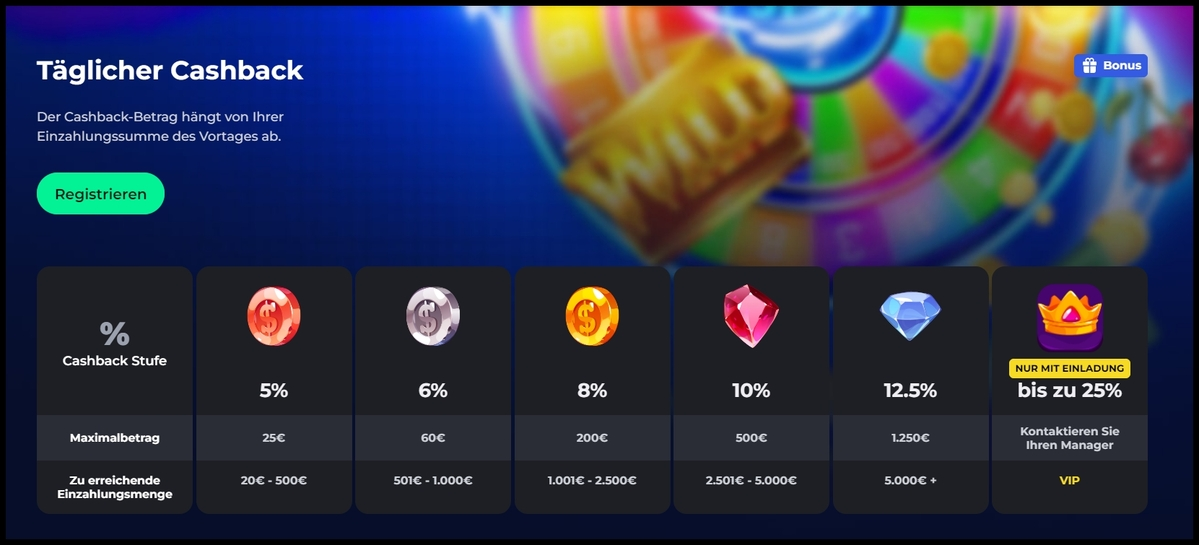Betonred: Exploring a Promising Anticancer Compound
페이지 정보

본문
 Steel Fibers: Provide high tensile strength and ductility, enhancing the concrete's ability to withstand cracking and deformation. They also enhance fire resistance by melting and creating channels for pressure relief.
Steel Fibers: Provide high tensile strength and ductility, enhancing the concrete's ability to withstand cracking and deformation. They also enhance fire resistance by melting and creating channels for pressure relief.Synthetic Fibers (e.g., Nylon, Acrylic): Offer a balance of strength, durability, and cost-effectiveness.
Carbon Fibers: Provide exceptional strength and stiffness but are generally more expensive. They are used in specialized applications requiring high performance. They are commonly used in pavements, bridge decks, and shotcrete applications.
Polypropylene Fibers: Improve resistance to plastic shrinkage cracking during the early stages of curing.
 Placement: Betonred can be placed using conventional methods, such as pouring, pumping, or spraying. Proper consolidation techniques, such as vibration, are important to remove air pockets and ensure good contact between the concrete and the reinforcement (if used).
Placement: Betonred can be placed using conventional methods, such as pouring, pumping, or spraying. Proper consolidation techniques, such as vibration, are important to remove air pockets and ensure good contact between the concrete and the reinforcement (if used).These studies have also provided information on the pharmacokinetic properties of Betonred (how it is absorbed, distributed, metabolized, and excreted) and its potential toxicity. In Vivo Studies: In vivo studies using animal models of cancer have demonstrated that Betonred can significantly reduce tumor growth, inhibit metastasis, and prolong survival.
Betonred, however, builds upon this foundation with specialized components carefully selected to achieve specific performance characteristics. Traditional concrete comprises cement, aggregates (sand and gravel), water, and sometimes admixtures. Key components that differentiate Betonred-type concretes include:
Material Selection and Proportioning: The selection of high-quality raw materials and their precise proportioning are crucial. This often involves laboratory testing to optimize the mix design for specific application requirements.
Bridges and Infrastructure: Increased durability and resistance to cracking make them ideal for bridge decks, piers, and other infrastructure components exposed to heavy traffic and harsh weather conditions.
Batch mixers or continuous mixers can be used, with mixing times carefully controlled to achieve optimal homogeneity. Mixing: Thorough mixing is essential to ensure uniform distribution of all ingredients.
Its warm red tones can complement natural surroundings and create a welcoming atmosphere. Landscaping: betonred (interimjobmarket.com) is a popular choice for landscaping projects, including pathways, patios, retaining walls, and garden features.
Low Maintenance: Red concrete requires minimal maintenance. Sealing the surface can provide added protection against staining and weathering. Regular cleaning with water and mild detergent is typically sufficient to maintain its appearance.
Curing: Curing is a critical process that involves maintaining adequate moisture and temperature levels to allow the cement to properly hydrate. Common curing methods include water curing, membrane curing, and steam curing.
Its color adds warmth and character to buildings, making them stand out from the surrounding environment. Precast concrete panels incorporating betonred can be used to create intricate designs and textures. Architectural Features: Betonred is frequently used for creating visually striking architectural elements such as facades, walls, columns, and beams.
Durability: Betonred possesses the same durability and longevity as traditional concrete, ensuring long-lasting performance. The iron oxide pigments themselves contribute to the concrete's durability by acting as UV protectants.
The type and grading of aggregates are carefully selected to optimize the mix. Common aggregate types include:
Fine aggregates (sand): Fill the voids between larger aggregate particles and contribute to workability.
Coarse aggregates (gravel or crushed stone): Provide the primary structural framework of the material.
Lightweight aggregates: Used to reduce the density of the Betonred, suitable for applications where weight is a concern. Aggregates: Aggregates constitute the bulk of the Betonred mixture and influence its strength, durability, and thermal properties.
Specific Product Formulation: Different "Betonred" branded products or similar solutions may have varying formulations and application requirements. Always consult the manufacturer's data sheets and application guides before use.
 Common types include:
Common types include:Water reducers: Improve workability while reducing the water-cement ratio, leading to higher strength.
Air-entraining agents: Create microscopic air bubbles in the concrete, improving freeze-thaw resistance.
Accelerators: Speed up the setting and hardening process.
Retarders: Slow down the setting and hardening process, useful in hot weather conditions.
Superplasticizers (high-range water reducers): Significantly improve workability, allowing for very low water-cement ratios and extremely high-strength concrete. Chemical Admixtures: These are chemicals added in small quantities to modify the properties of the fresh and hardened Betonred.
- 이전글Is There a Way to View Locked IG Stories Without an Account? 25.06.02
- 다음글Find out how to Spread The Word About Your HU 25.06.02
댓글목록
등록된 댓글이 없습니다.